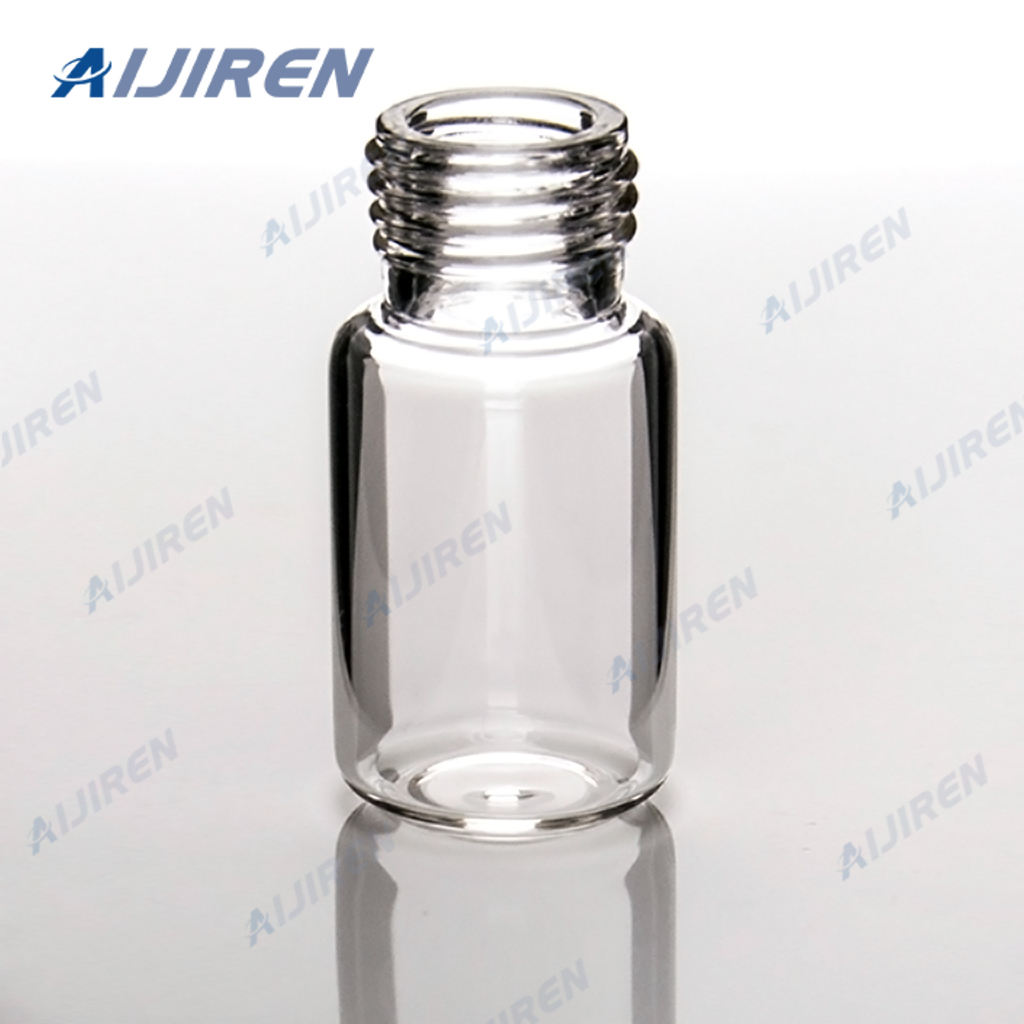
Search results for vials at Sigma-Aldrich. Certified QSertVial ™ (vial with fused-in insert) kit, screw thread, 12 x 32 mm, 0.3 mL, pkg of 100. 4 Product Results
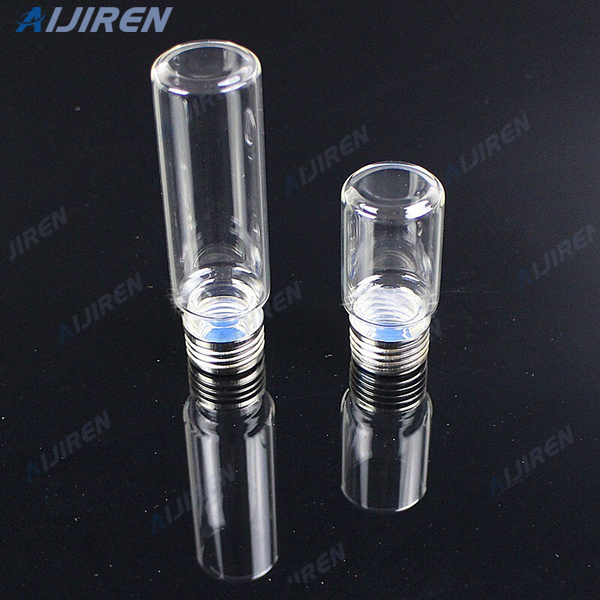
6 ml, 10 ml, 20 ml Headspace vials – crimp. celar or amber glass; crimp cap 20 mm; vials with flat or rounded bottoms (according to HeadSpace system) Different type of caps – aluminium with different hole diameter, magnetic, bimetal . 10 ml, 20 ml Headspace vials – screw. volume 10 and 20 ml; used with 18 mm screw cap – SS or magnetic
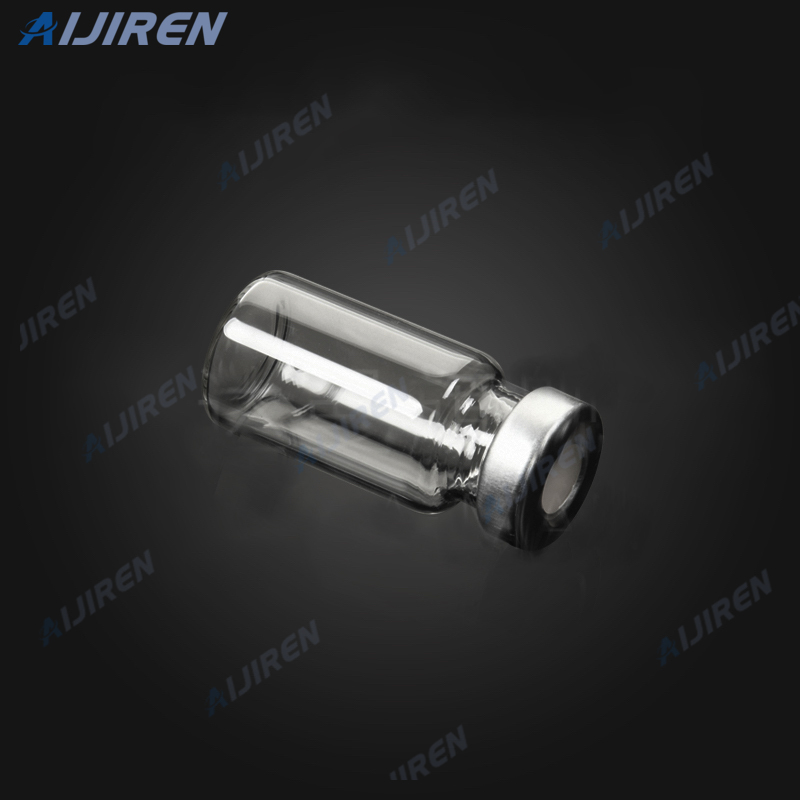
2O in the tube headspace. Each measurement lasted for 4h with hourly sampling of 4.5mL using a syringe through therubber stopper. The gas sample was immediately transferred into a 3.0-mL venoject vial (Terumo Europe, Belgium) for later analysis of N 2O and CO 2 by gas chromatography. During each field measurement, surface soils (0–20cm)
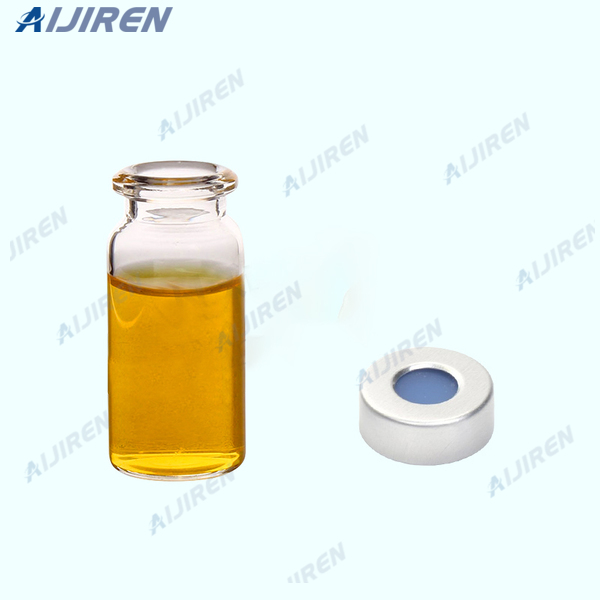
Vial, crimp top, headspace, clear, certified, flat bottom, 10 mL, 23 x 46 mm, 100/pk. Vial size: 22.75 x 46 mm (20 mm cap) Aijiren headspace vials are constructed from type 33 and type 51 COE borosilicate glass, with low metal content, to protect your sample from destablizing or leaching.

VWR® 8-425 Screw-Thread Vials. Supplier: VWR International. Description: Standard opening screw-thread vials are manufactured from borosilicate glass and have a maximum fill volume of 1.8 mL. Certificates. ,82028-420CS,46610-736PK,46610-736CS,66009-874CS,82028-422CS,66009-882CS,66020-950CS,66020-950PK,66009-878CS,66009-878PK.
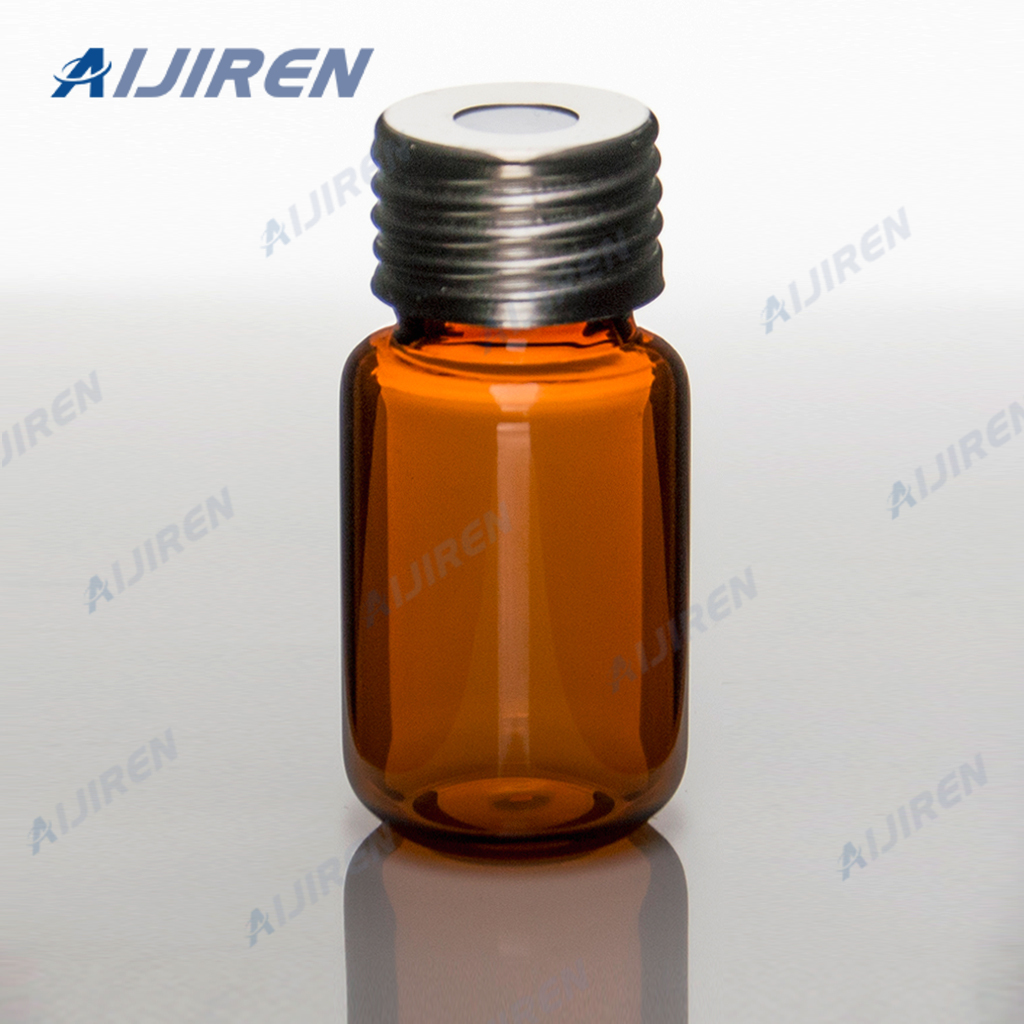
The carvacrol partitioning between film and headspace was studied in a closed system (Fig. 1). The 10mL verex headspace glass vials were used to simulate the closed food system with a package and a food product. Each cell consisted of a glass vial sealed by a rubber lid, packaging film (0.020 ± 0.001g) and ground beef product
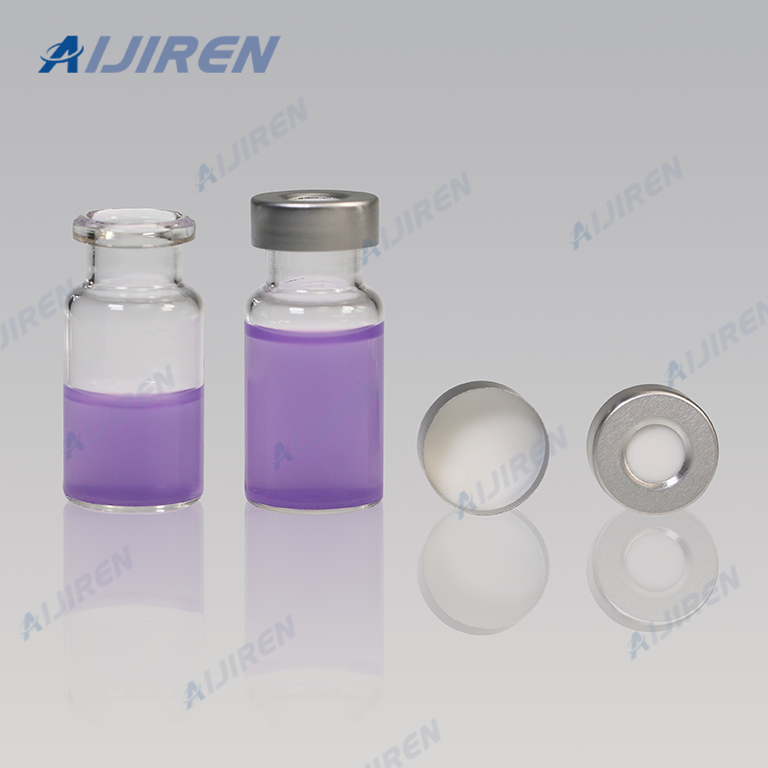
Accurately weigh about 0.5 g sample into a headspace vial containing 4.0 ml water and add 50 µl of defoamer. Add 1 ml of internal standard solution. Seal the vial and mix thoroughly. System suitability test solution Add 1 ml of the acetaldehyde solution and 0.1 ml of the ethylene
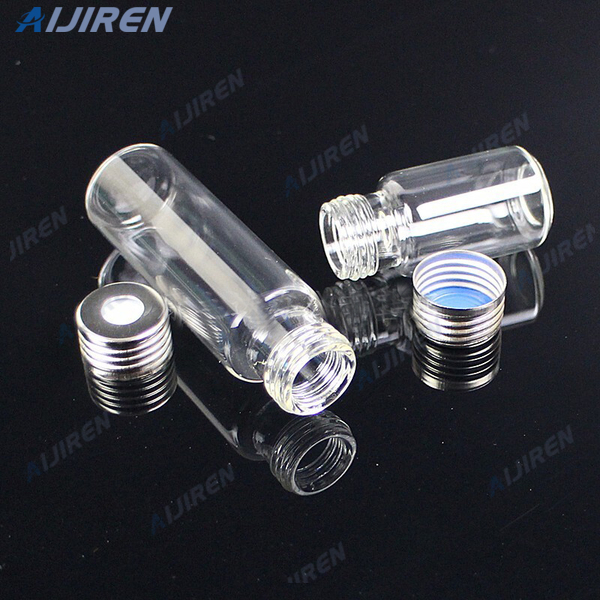
10ml water are filled in 20ml Headspace sample vials. 3g Sodium chloride and 1µl of the internal standard IS VOC (50ppb Fluorobenzene in Ethanol) is added. After sample conditioning at 60°C during 10 minutes 20 strokes of the headspace are pumped through the ITEX-trap with a velocity of 100µl/sec.
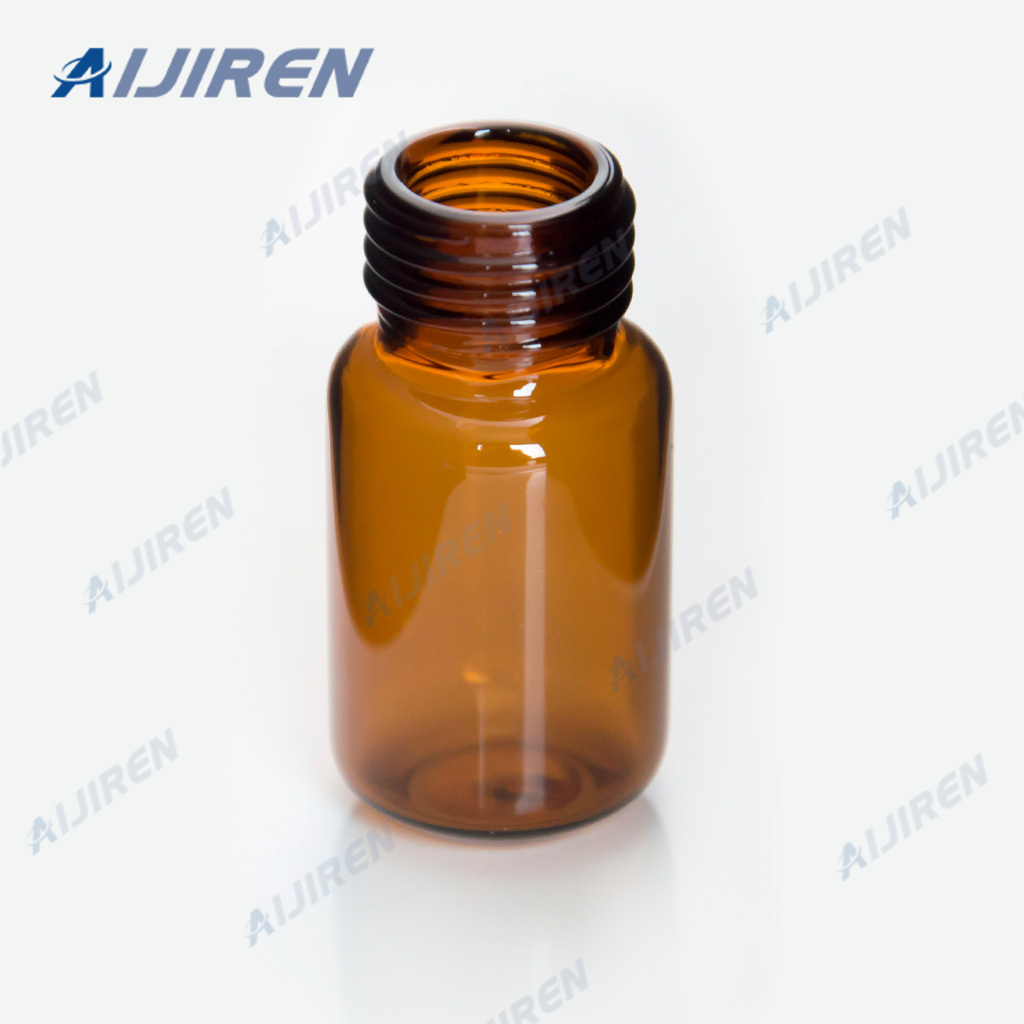
Transfer a 1.0 mL aliquot volume of the calibration standard solutions (table 1) and 0.5ml internal standard mix (10 µg/mL) into separate 20 mL headspace vials containing 3.5 mL of DMSO solvent.
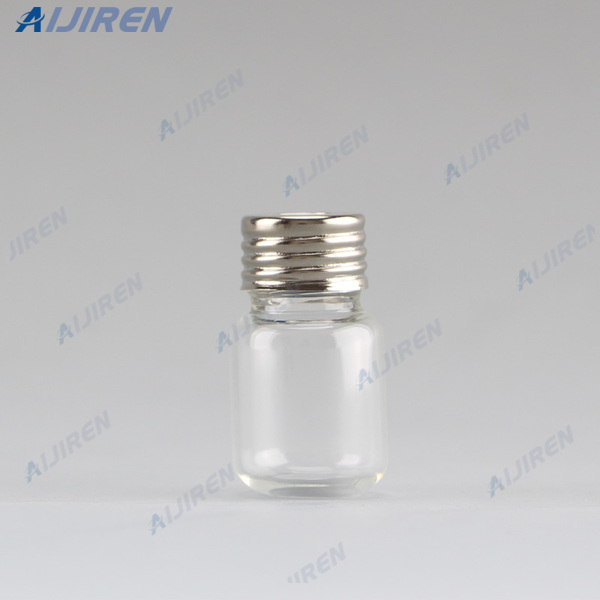
Vials and Caps Total Volume 1 mL 4 mL Dimension 8 x 40 mm 15 x 45 mm Clear Glass With Label and Polyethylene cap (1000/pk) AR0-3110-13 AR0-3170-13 Screw Top Vials Plastic Plastic Headspace Headspace VOA/ASE Total Volume 2 mL300 µL 475 µL 700 µL 1.4 mL 1.5 mL 450 µL 1.5 mL 4 mL 10 mL 20 mL 40 mL
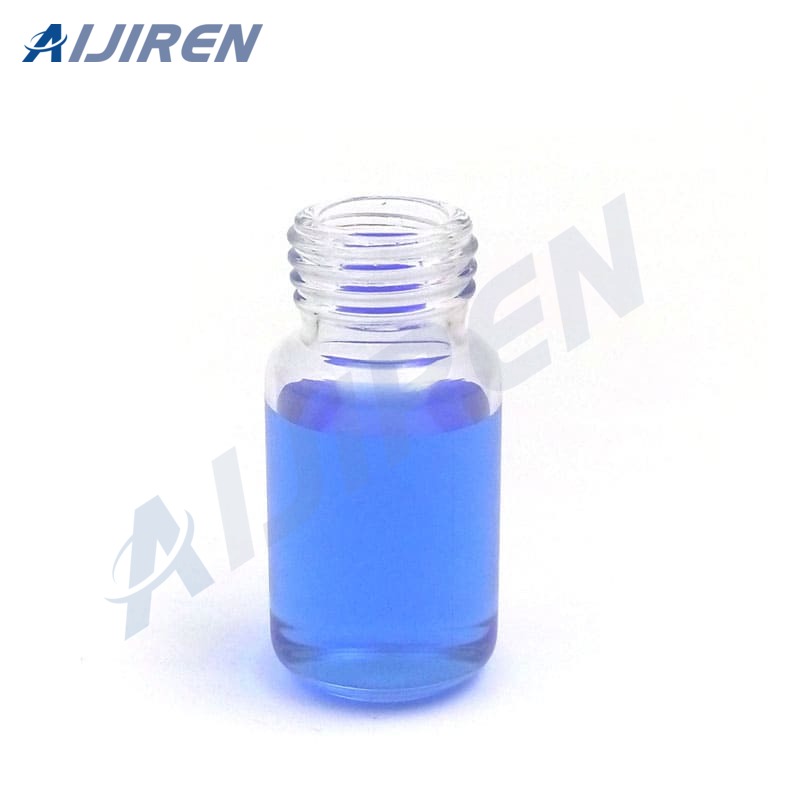
Shimadzu sells many types of vials and septa. 1st hydrolytic class and silanized glass vials. Screw vials, micro-vials, caps and sept, screw vial kits and headspace vials and much more.
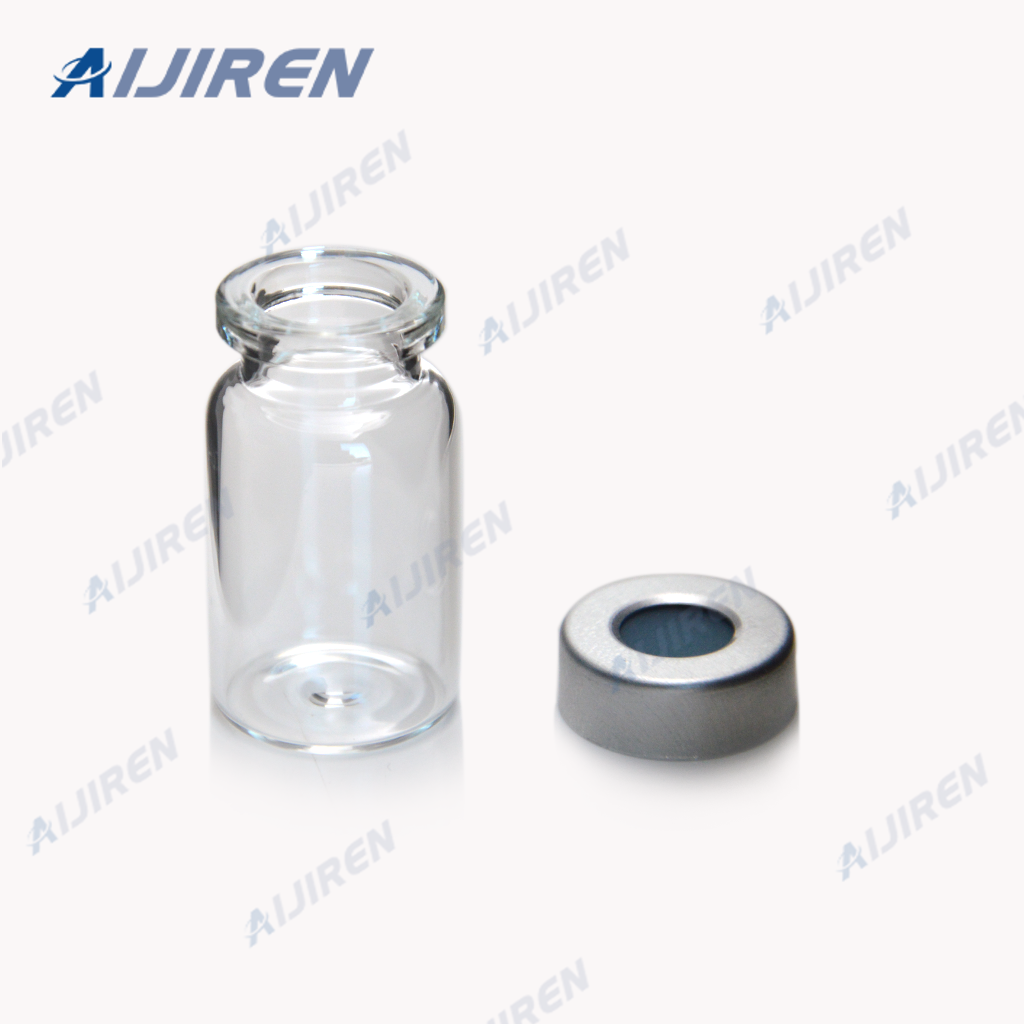
Headspace Gas Chromatography. Headspace gas chromatography connected to an FID and/or an MS detector can be applied to obtain better precision and accuracy for the quantitative analysis of volatile organic compounds (VOCs) in bio-oils including light aldehydes and ketones, ethers, esters, alcohols, carboxylic acids and aromatic compounds [32,49].
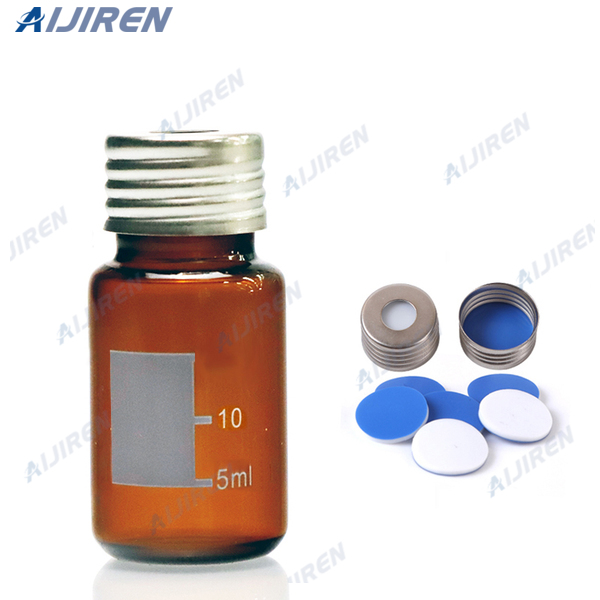
Jun 19, 2013 · Seven working calibration standards at concentrations corresponding to 0.11, 0.21, 0.32, 0.43, 0.53, 0.64 and 0.85 μmol of CO 2 mL −1 headspace (HS) vials were prepared daily by dilution of certified CO 2. Following the protocol described already for methane , certified CO 2 is
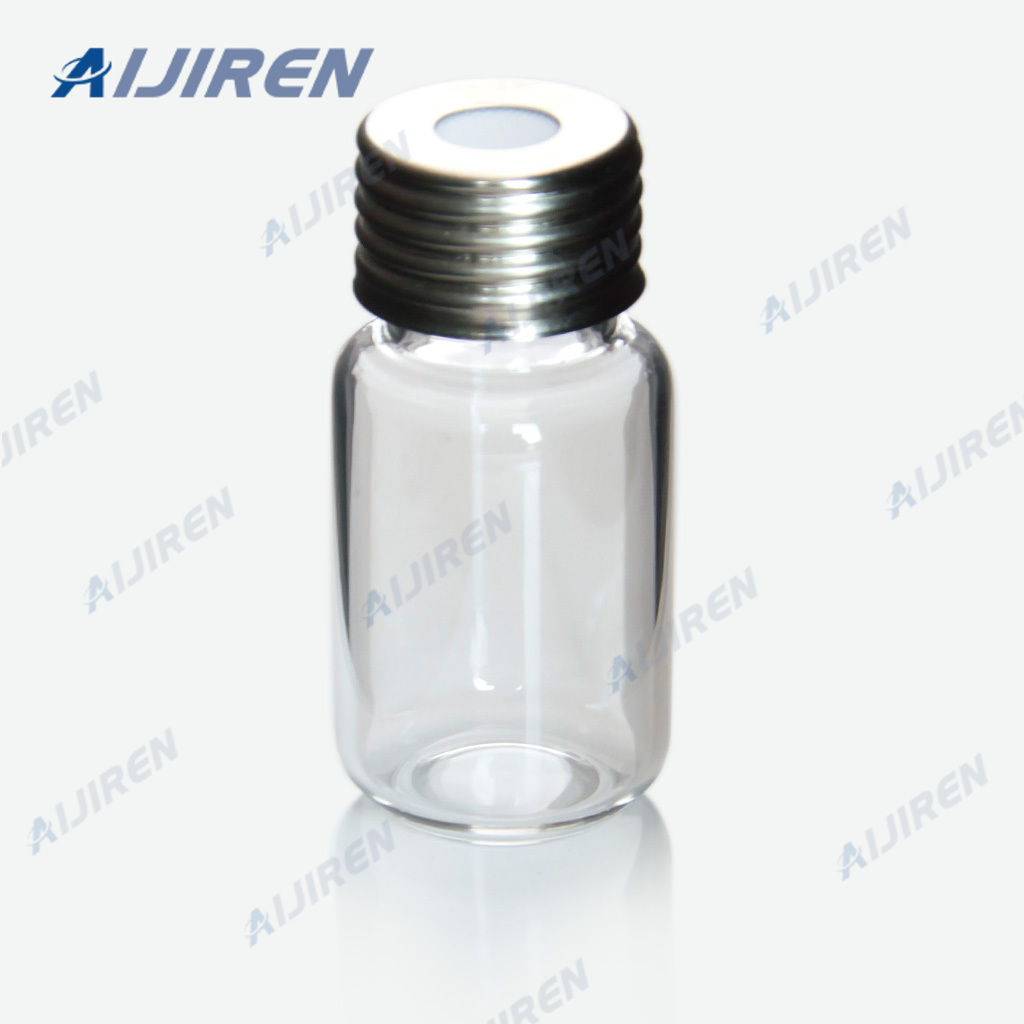
mixed homogeneously, 10mL of the sample was taken into headspace vials. Immediately, the headspace vials were crimped tightly to minimize loss of VOCs. Preparation of Field Samples Tap water was used as the field sample. In preparing field samples, water was collected directly from the tap and dechlorinated with ascorbic acid at pH 2.00. 0.625g of
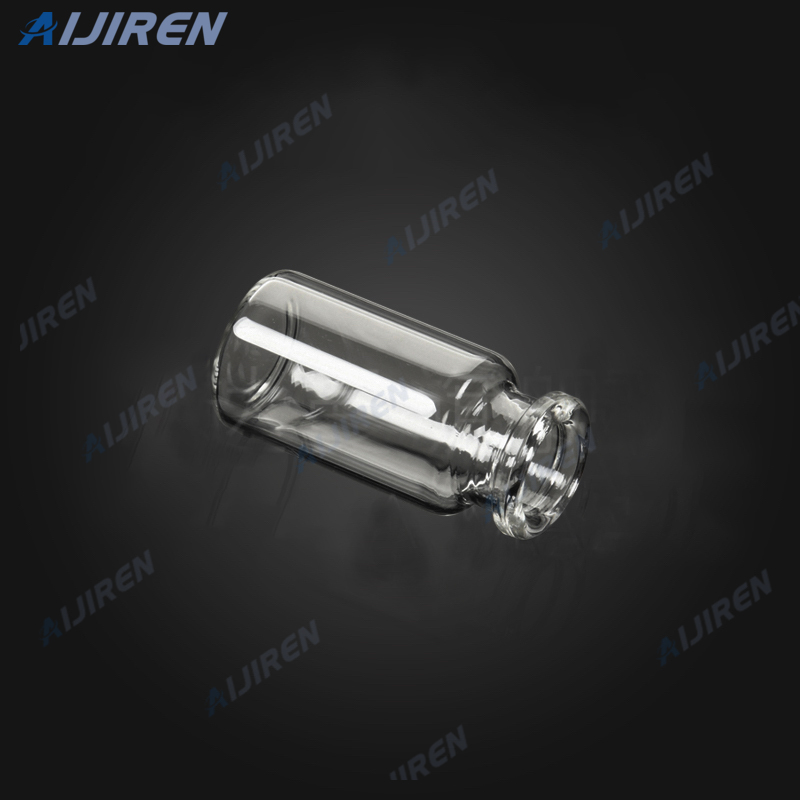
An aliquot of 10ml of model wine solution or 1g of oak wood-chip sample was transferred into a 22-ml vial and the aroma compounds were extracted by headspace SPME for 30min at 25°C. Prior to extraction, 3g of NaCl (at saturation level) was added to each sample of the model wine solution. This was because maximum extraction is obtained from